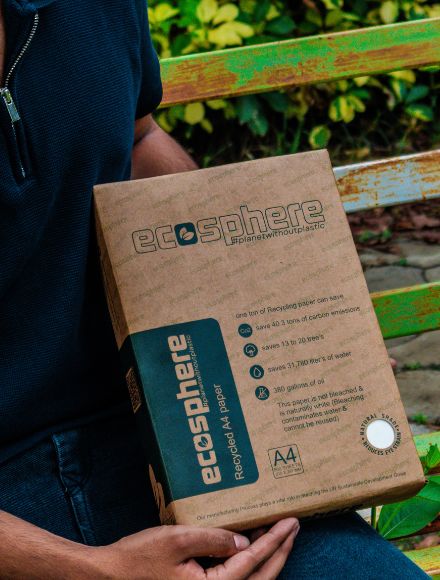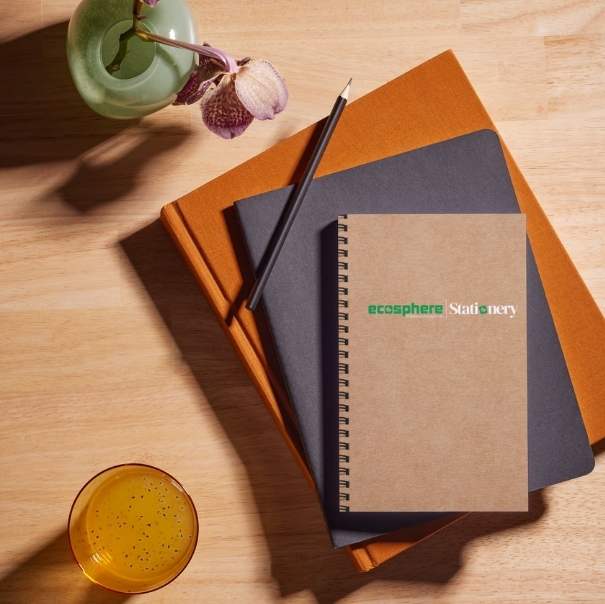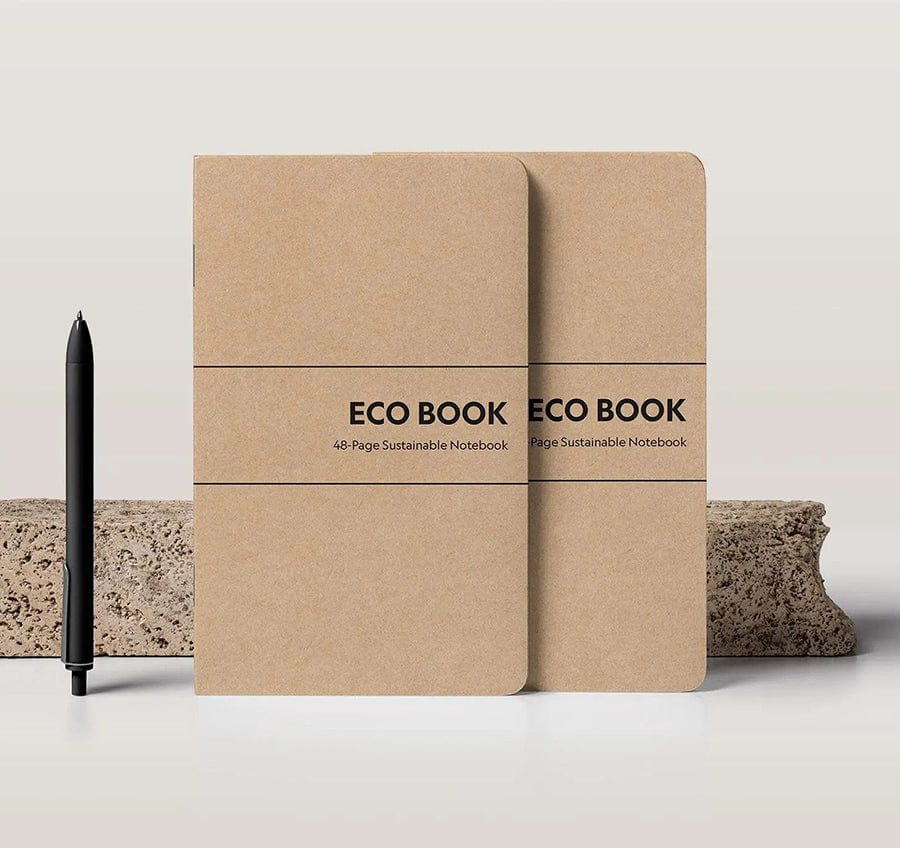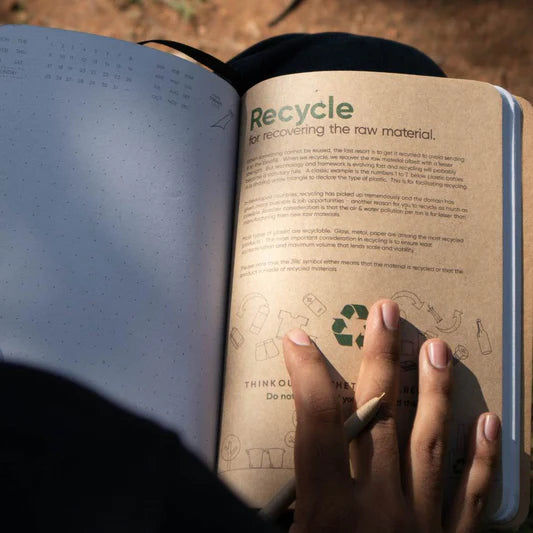Skip to content
GOALS 4:QUALITY EDUCATION
- Education is the foundation for sustainable development and equal opportunity.
- Ensures inclusive and equitable quality education and lifelong learning opportunities for all.
- Empowers individuals, reduces inequalities, and breaks the cycle of poverty.
- Focus on free primary and secondary schooling.
- Promotes affordable technical, higher education, and vocational training.
- Aims to eliminate gender disparities and ensure equal access for marginalized communities.
- Improves educational facilities for better learning environments.
- Builds knowledge, skills, and values for sustainable societies.
- Education strengthens economies, promotes peace, and drives global progress.
GOALS 12:RESPONSIBLE CONSUMPTION
- Sustainable alternatives to traditional stationery – made from 100% recycled and biodegradable materials.
- Reduce waste, conserve resources, and minimize environmental impact.
- Eco-friendly manufacturing supporting a circular economy.
- Products include recycled A4 copier paper, plantable pencils, and biodegradable office supplies.
- No harmful processes – avoiding bleaching, toxic chemicals, and non-eco-friendly raw materials.
- Encourage recycling & upcycling – converting discarded paper and agricultural waste into quality stationery.
- Promote awareness & education through corporate partnerships, events, and educational programs.
GOALS 13:CLIMATE ACTION
- Reduce carbon footprint – 40,300 kg of CO₂ emissions saved for every ton of recycled paper produced.
- Replace traditional paper with 100% recycled and biodegradable alternatives.
- Combat deforestation and lower energy consumption.
- Offset CO₂ emissions through sustainable forestry practices.
- Support circular economy – repurposing waste into high-quality stationery, preventing landfill and methane emissions.
- Encourage low-impact production – avoiding chemical-intensive processes and using energy-efficient techniques.
- Promote climate awareness via partnerships, educational initiatives, and sustainable advocacy.
GOALS 14:LIFE BELOW WATER
- Eliminates plastic & chemical pollution – biodegradable stationery, no bleaching, protects water bodies.
- Saves water resources – avoids fresh pulp production and reduces industrial water consumption.
- Huge water savings – every ton of recycled paper saves 31,780 liters of water.
- Protects marine life – uses sustainable raw materials like bamboo, sugarcane, and recycled cotton, preventing erosion.
- Promotes ocean conservation – encourages eco-friendly alternatives to reduce waste and pollution.
GOALS 15:LIFE ON LAND
- Prevent deforestation – using only 100% recycled paper, saving thousands of trees each year.
- Protect biodiversity – by reducing habitat destruction from traditional paper production.
- Avoid harmful chemicals – no bleaching, preventing soil and water contamination.
- Conserve natural resources – every ton of recycled paper saves 14+ trees and 31,780 liters of water, while cutting carbon emissions.
- Promote sustainable land use – supporting a circular economy that turns waste into reusable products
- Choosing a selection results in a full page refresh.
- Opens in a new window.





